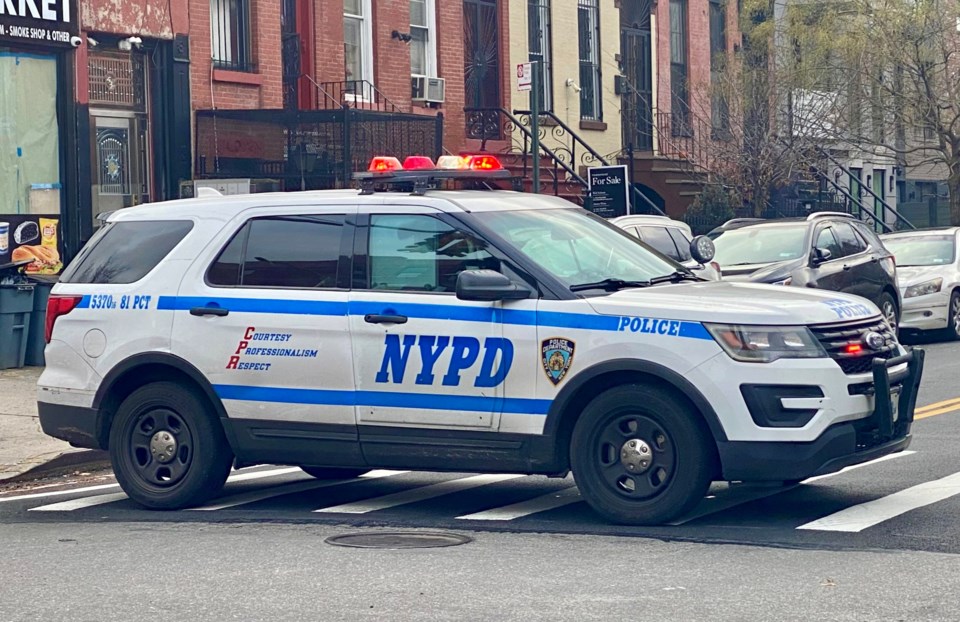Plain clothes NYPD officers could be coming back to a number of Brooklyn precincts in just three weeks as part of Mayor Eric Adams revival of the controversial “anti-crime” unit, one part of his efforts to tackle gun violence.
Adams announced Monday as part of his “Blueprint to End Gun Violence” that the officers would be concentrated in the 30 precincts where 80% of violence occurs, and police sources told Brooklyn Paper those precincts would likely include the 67th precinct in East Flatbush, the 73rd in Brownsville, the 75th in East New York, the 77th in Crown Heights and the 79th in Bedford-Stuyvesant.
According to a police memo obtained by the New York Post, officers will also be stationed in the 69th precinct in Canarsie, the 71st precinct in PLG and southern Crown Heights, the 81st precinct in Bed-Stuy, and the 83rd precinct in Bushwick, and at a number of Brooklyn’s NYCHA developments. Adams did not confirm which precincts the officers will be deployed in.
The controversial unit was disbanded in 2020 by Mayor Bill de Blasio, with former Police Commissioner Dermot Shea saying at the time the units were an outdated vestige of the "stop-and-frisk" era, which was found to be unconstitutional due to its affect on communities of color, and it too often pitted officers against the communities they served. The units were also involved in a disproportionate number of civilian complaints and fatal shootings by the police.
Adams, a former NYPD officer, campaigned on bringing the unit back. “Although we became safer as a city, trust me, there are neighborhoods that never saw the relief. And I’m going to go and find those neighborhoods,” Adams said Monday.
He said that the units, now called “neighborhood safety teams,” would be made up of “the right officers” for the job, who would have “the right training, the right mindset, the right disposition, and be… emotionally intelligent enough that you are ready to engage with someone on the street.”
He added that the officers would be recognizable by their clothes.
The revival of the plain clothes officers was met with concern by many criminal justice reform advocates. The Legal Aid Society, Brooklyn Defender Services and other public defenders services released a joint statement saying they do not support his “focus on discredited punitive and surveillance-based strategies, including his call for additional rollbacks to bail and discovery reform, amendments to Raise the Age, increased use of facial recognition and reinstatement of the NYPD’s historically racist Anti-Crime Unit.”
“Reinstating the NYPD’s Anti-Crime Unit without also addressing the culture and policies that drove that unit’s decades-long pattern of harassment and violence targeting Black and brown New Yorkers is a mistake,” the groups said.
“[This] announcement gives the community members who live with the legacy of hyper-aggressive policing no comfort that Mayor Adams’s Anti-Crime Unit will be different from its predecessors.”
They wrote that Adams must focus on addressing “long standing problems with NYPD’s culture of impunity,” before he doubled down on “strategies that will only perpetuate the harms of that culture.”
The groups did applaud other parts of Adams’ plan, including the expansion of New York City’s Crisis Management System, mental health intervention services, and job development and housing support for young people, people in the foster system and those currently suffering homelessness.
“We fully support an expansion of the Summer Youth Employment program, the Fair Futures Initiative and employment opportunities for young people. These efforts will go a long way towards stabilizing communities in need of investment and resources.”




